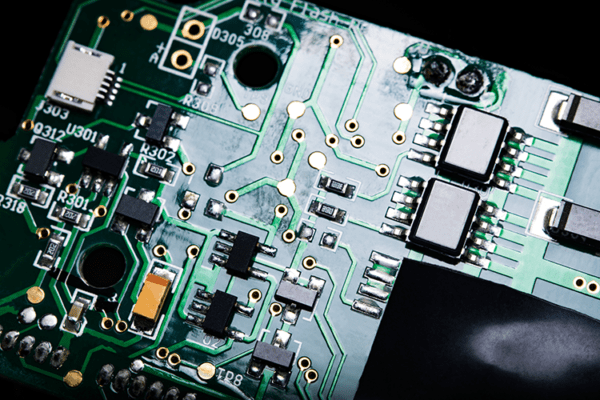Potting, encapsulation and coating are techniques used to cover components and vias on printed circuit boards to protect them from external damage such as vibration and contamination. Potting is done with the help of compounds such as urethanes, epoxies, and silicones. Solitron/Micro Engineering offers a variety of PCB potting & coating compounds and PCB encapsulations and can help you choose the right one depending on your application requirements.
Choosing the right compound depends on the application environment, and temperature. Here are some compounds commonly used:
- Silicones: Silicone compounds are super flexible and can withstand a wide temperature range. They offer protection from UV light aside from moisture, chemicals, and other environmental parameters.
- Urethanes: These are suitable for very high and low temperature environments from -40 to 140 degrees Celsius. They are more flexible compared to epoxies; however, their chemical resistance is relatively low.
- Epoxies: While these are slightly more rigid than urethanes and silicones, they offer excellent mechanical strength and electrical insulation. They can also withstand temperatures as high as 200 degrees Celsius. However, they are not suitable for low temperatures as they become brittle.
- Thermally Conductive Compounds: These are used in applications which generate a high amount of heat as they facilitate heat dissipation better than other compounds. These are thermally conductive and hence the insulation is minimal.

